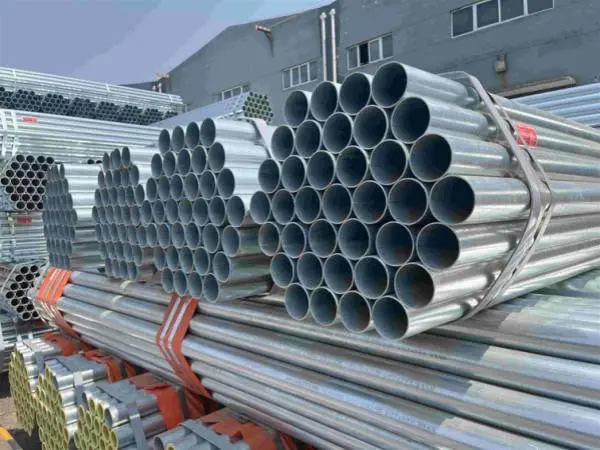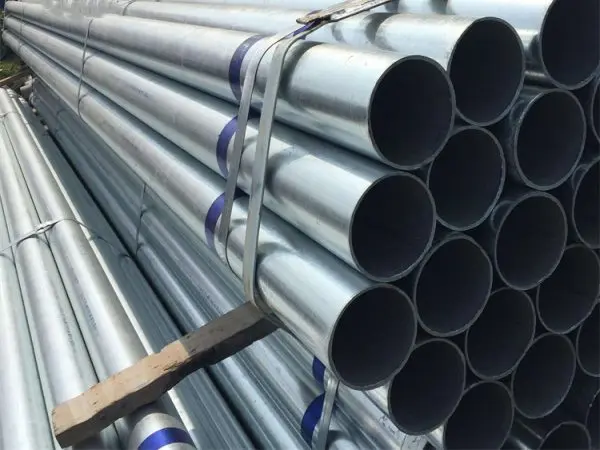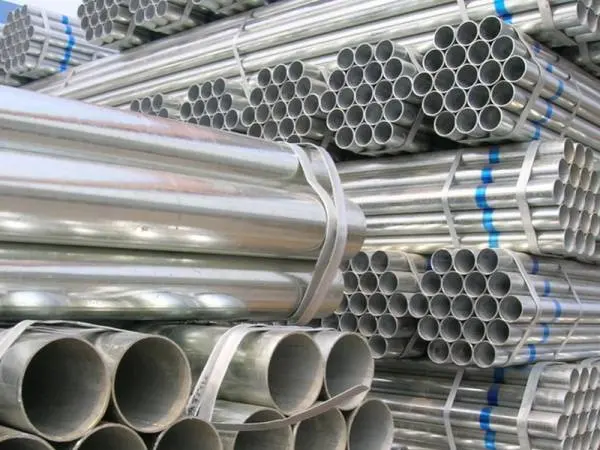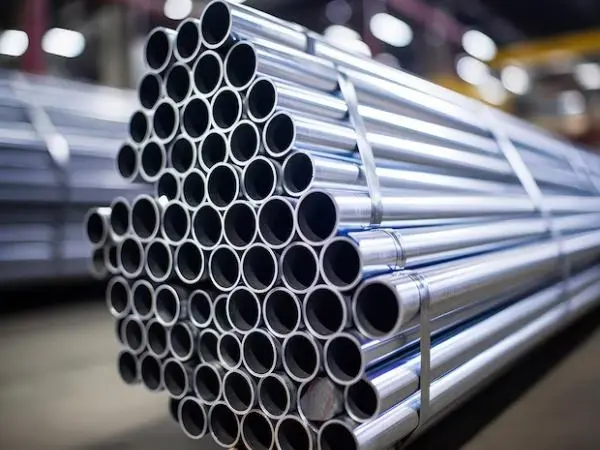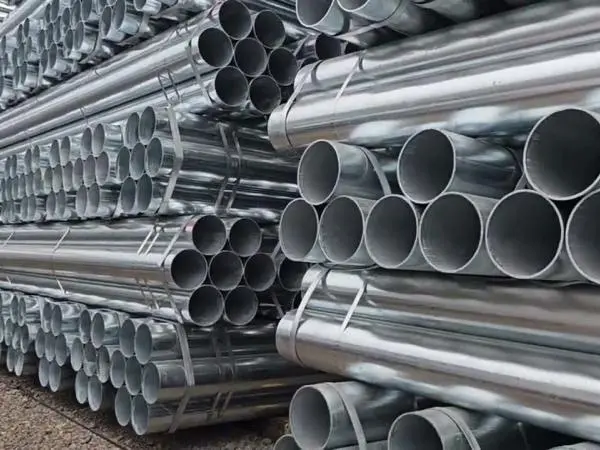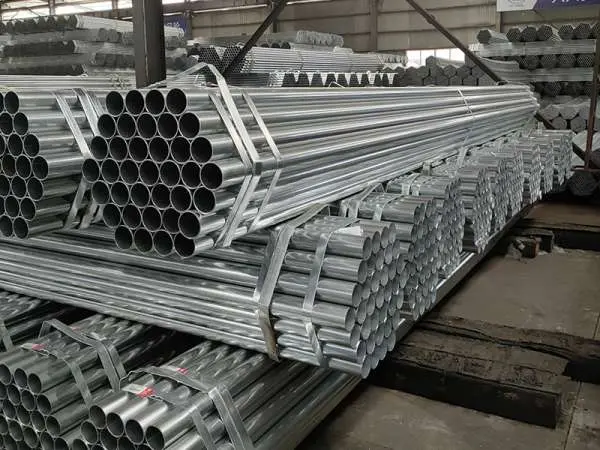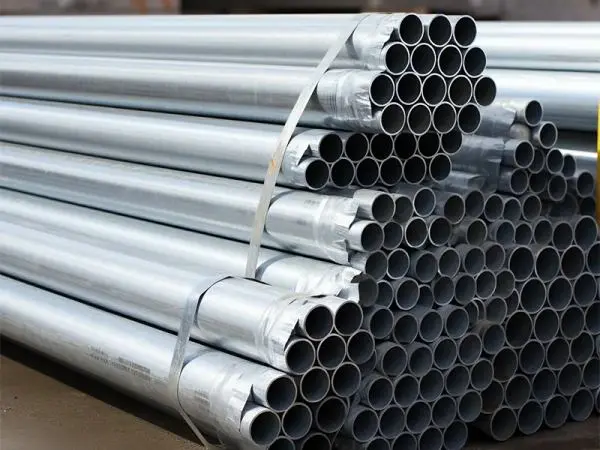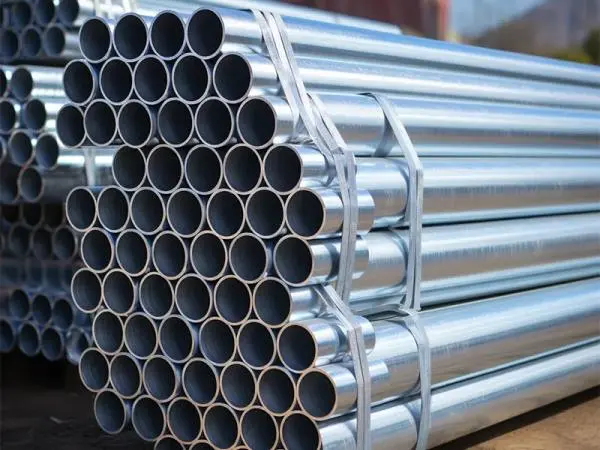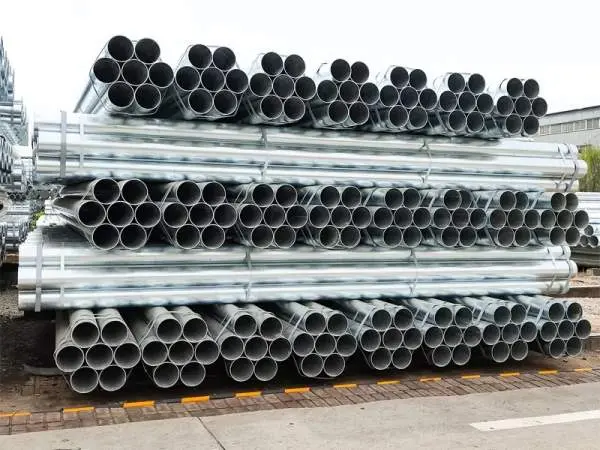-
Galvanized steel pipe passivation
Passivation treatment is an essential process for galvanized steel pipes that need to be stored or transported over extended periods. This treatment helps to prevent corrosion, commonly known as "white rust," during storage and transit. Two widely used passivation methods are chromate and phosphate treatments. Below is an overview of the key steps involved in passivating galvanized steel pipes.
2024-12-31
-
Galvanized steel pipe solvent treatment process
Galvanized steel pipes undergo solvent treatment to ensure proper cleaning and preparation before the galvanization process. This treatment removes contaminants and improves the adhesion of the zinc coating. Below is an overview of the key steps and guidelines for solvent treatment of galvanized steel pipes.
2024-12-31
-
Manufacturing process of galvanized steel pipes
The manufacturing process of galvanized steel pipes involves producing steel pipes and then applying a protective zinc coating to the surface to prevent corrosion. The process includes several steps, including steel pipe production, cleaning, galvanizing (the application of the zinc coating), and post-galvanizing treatment. Below is a detailed breakdown of the galvanized steel pipe manufacturing process.
2024-12-27
-
Galvanized steel pipe surface defect inspection points
The surface defect inspection of galvanized steel pipes is critical to ensuring their quality, performance, and longevity, especially since the galvanized coating provides corrosion resistance. Any defects in the surface or coating can compromise the pipe's durability, leading to rust, degradation, or failure over time. Below are the key inspection points for galvanized steel pipe surface defects.
2024-12-27
-
Advantages of hot-dip galvanized steel pipes
Hot-dip galvanized steel pipes offer numerous advantages, particularly in terms of durability, corrosion resistance, and overall performance. Below are some key benefits of hot-dip galvanized steel pipes.
2024-12-26
-
Coat-plating methods of galvanized steel pipes
Coat-plating refers to the process of applying a protective coating to galvanized steel pipes to enhance their durability, corrosion resistance, and overall performance in harsh environments. For galvanized steel pipes, the most common coating method is galvanizing, where a layer of zinc is applied to the surface of the steel pipe. Here are the main coat-plating methods used for galvanized steel pipes.
2024-12-26
-
Galvanized method of seamless steel pipe
To meet the growing demand for enhanced performance and longer service life, advancements in zinc coating materials for galvanized steel pipes are continuously evolving. Here are some key developments in modern galvanizing techniques.
2024-12-24
-
Application and maintenance of hot-dip galvanized seamless steel pipe
Hot-dip galvanized seamless steel pipes are widely recognized for their outstanding corrosion resistance and strength, making them essential in numerous industrial and civil applications. This article will briefly introduce application and maintenance of hot-dip galvanized seamless steel pipe.
2024-12-24
-
Difference between hot-rolled and cold-rolled galvanized steel pipes
Hot-rolled and cold-rolled galvanized steel pipes are both coated with zinc to protect against corrosion, but they differ in their manufacturing processes, mechanical properties, and applications. Here's a concise comparison hot-rolled and cold-rolled galvanized steel pipes.
2024-12-23
-
Details about the internal and external hot-dip galvanized steel pipe
Hot-dip galvanizing is a process in which steel pipes are coated with a layer of zinc to provide protection against corrosion. This process is used for both internal and external surfaces of steel pipes, ensuring long-lasting protection, especially in harsh environments. Both internal and external hot-dip galvanized steel pipes are commonly used in industries like construction, water distribution, oil and gas pipelines, and electrical wiring, among others. Here’s a breakdown of the differences, applications, and benefits of internal and external hot-dip galvanized steel pipes
2024-12-23
-
Storage precautions for industrial galvanized steel pipes
Proper storage of industrial galvanized steel pipes is essential to maintain their quality and performance. The galvanized coating provides corrosion resistance, but improper handling or storage can lead to damage, which may reduce the pipe's effectiveness and lifespan. Here are some important precautions to follow when storing galvanized steel pipes.
2024-12-20
-
Industrial DN150 galvanized steel pipe details
A DN150 galvanized steel pipe is a type of steel pipe with a nominal diameter of 150 mm, coated with a layer of zinc for enhanced corrosion resistance. This pipe combines high strength and durability, making it widely used in various industries such as construction, engineering, petrochemical, and more. The galvanizing process significantly improves the steel pipe’s ability to withstand environmental factors, offering long-lasting protection against rust and corrosion.
2024-12-20

